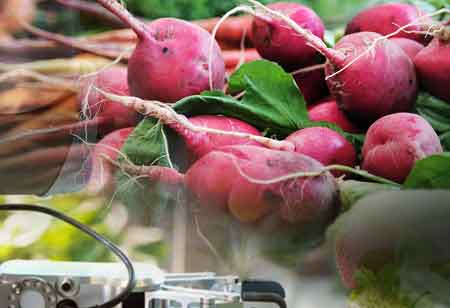THANK YOU FOR SUBSCRIBING
Be first to read the latest tech news, Industry Leader's Insights, and CIO interviews of medium and large enterprises exclusively from Food and Beverage Tech Review
Thing to Remember While Automating a Food Business Process
Cost containment or expense reduction in food processing plants is as strong as ever in an industry that grows year after year.

By
Food and Beverages Tech Review | Tuesday, December 14, 2021
Stay ahead of the industry with exclusive feature stories on the top companies, expert insights and the latest news delivered straight to your inbox. Subscribe today.
Automation is rapidly taking over the food business, as corporate decision-makers recognize that plant systems must constantly adapt to suit consumer demands.
Fremont, CA: Cost containment or expense reduction in food processing plants is as strong as ever in an industry that grows year after year. Most food processing companies do not believe that lowering the quality of the product they create in order to save money is the way to go. Food firms, like most other process sectors, are looking for ways to boost productivity throughout the plant by implementing industrial automation. With the exception of a few tiny niche boutique companies, automation is normal practice in the food and beverage business. Producers can rely on automated technologies to provide high-quality output at a big scale while reducing food safety hazards. However, even if automation is part of a business’s production toolkit, consistency is not assured.
Here are a few things to remember when automating a food business process:
Hardware and software must be in alignment with the product
Why should manufacturers have to alter recipes or scrimp on quality because of technology and software limitations? At every stage of the manufacturing process, a team should evaluate their intended output and ask, "How might this step be automated?" when building an automation system. Installing a suite of automation devices only to discover later that they need to make improvements to their product to make it work is the opposite strategy. This is a waste of money and puts people in danger of making sacrifices they don't need to make.
Consider automation as a software asset
Manufacturers, of course, require the appropriate equipment to complete their tasks. At a bottling plant, meatpacking equipment won't help much, but if they have the necessary hardware, their automation system can be regarded as a software tool. An automation system is essentially a machine that executes the process. If a mistake happens or product quality is compromised in any way, it's most likely due to a malfunctioning stage of the process. Many of these issues can be resolved simply by altering the method that the machines follow.
Understanding that everything cannot be automated
Automation should be used to supplement rather than replace manual labor in the production process. Some processes are simply beyond the capabilities of machines. Some tasks simply need to be done by people, from testing to improving the quality of a specific product.
I agree We use cookies on this website to enhance your user experience. By clicking any link on this page you are giving your consent for us to set cookies. More info







